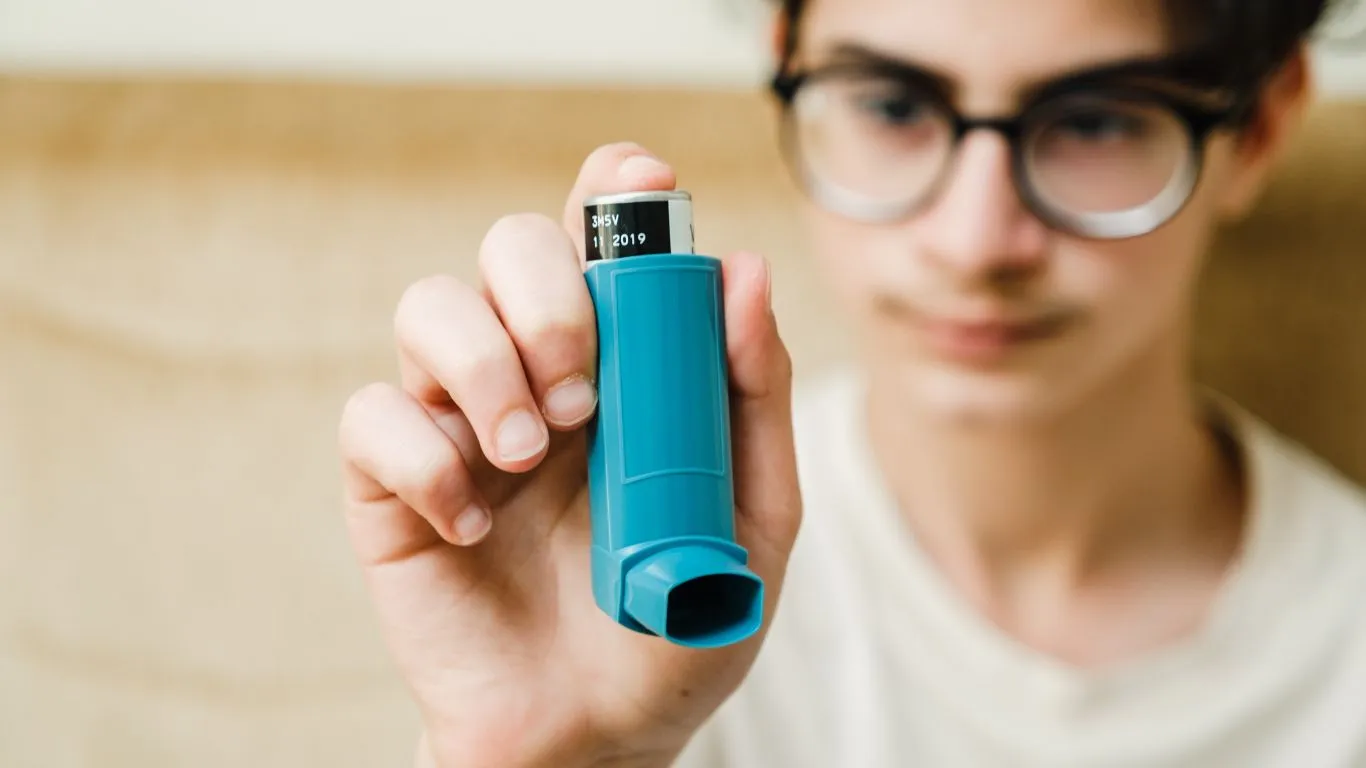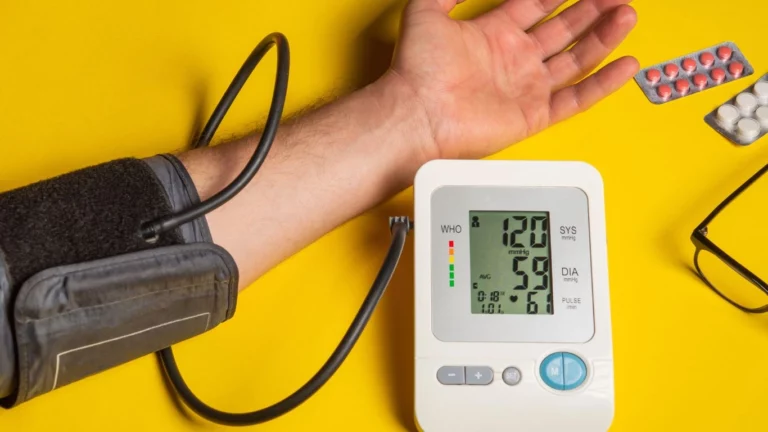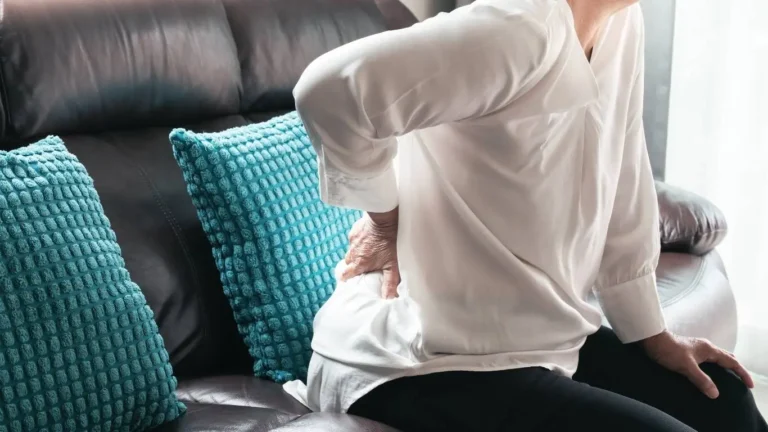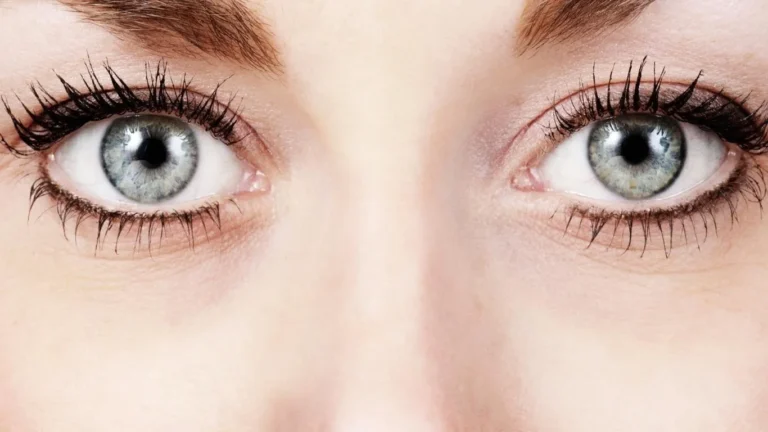Best Household Cleaners Safe for Asthma That Actually Work
If you’re living with asthma—or caring for someone who is—you know that even something as routine as cleaning the house can trigger a flare-up. As a pulmonary nurse practitioner, I’ve seen it too many times: a well-meaning deep clean ends in wheezing and rescue inhalers. That’s why I want to share what I’ve learned over the years about finding the best household cleaners safe for asthma. Yes, they do exist! And no, you don’t have to sacrifice a sparkling home to keep your lungs (or your family’s) healthy. Let’s dive into the products and habits that make all the difference.
Why Conventional Cleaners Can Be a Breathing Hazard

It might not be something you think about often, but your favorite citrus-scented spray or extra-strength disinfectant might be doing more harm than good—especially if you or a loved one has asthma. The culprit? Volatile Organic Compounds (VOCs), artificial fragrances, bleach, and ammonia. These ingredients are all too common in popular cleaning products, and they’re notorious for triggering asthma symptoms like coughing, chest tightness, and shortness of breath.
Even as a nurse, I didn’t always connect the dots between some of my own mild flare-ups and the products I used at home. It wasn’t until I started treating more patients with fragrance sensitivities and chemical-induced asthma that I did a full audit of my own cleaning routine. What a difference it made!
Best Household Cleaners Safe for Asthma

1. Fragrance-Free and Dye-Free Options
Always go for unscented, dye-free, and hypoallergenic cleaners. Brands like Seventh Generation Free & Clear or ECOS Hypoallergenic Cleaners have been reliable choices in my personal and professional experience. They skip the harsh additives and focus on plant-powered ingredients instead.
2. Products Certified by Asthma-Friendly Programs
Look for certifications from groups like the Asthma and Allergy Foundation of America (AAFA) or the EPA’s Safer Choice label. These labels aren’t just marketing fluff—they actually mean something. They indicate the product has passed independent testing to ensure it won’t release irritants into your home environment.
- AAFA Certified: Products are rigorously tested for asthma and allergy safety.
- Safer Choice: These contain ingredients that are safer for human health and the environment.
3. DIY Cleaners That Actually Work
If you’re into simple, natural solutions, some of the best cleaners are things you already have in your kitchen. I’ve become a huge fan of making my own all-purpose spray with white vinegar and distilled water. Sometimes I throw in a few drops of eucalyptus essential oil (only when I’m cleaning solo—not everyone tolerates essential oils, so test cautiously).
- Basic DIY Spray: 1 part white vinegar to 3 parts water in a spray bottle
- Grease Cutter: Add a tiny squeeze of fragrance-free dish soap
- Extra Shine: Use baking soda for scouring tough spots (just rinse thoroughly!)
One word of caution—just because something is natural doesn’t mean it’s safe for everyone with asthma. For example, vinegar can still irritate some people when sprayed in the air, so I always recommend testing in a small area first and using good ventilation. Trust me, after helping patients troubleshoot their symptoms for over a decade, I’ve learned there’s no such thing as a one-size-fits-all approach.
Creating a Cleaning Routine That Supports Lung Health

It’s not just about the products—it’s also about how and when you clean. For example, I always tell my patients to avoid cleaning during high pollen seasons with the windows open. Also, if someone else can do the cleaning while the person with asthma is out of the house, that’s ideal. But I get it—life isn’t always that cooperative. So here are a few practical habits I swear by:
- Wear a mask and gloves when using even the safest products
- Use microfiber cloths instead of dusty rags to trap allergens
- Ventilate the room well, even in winter (a cracked window helps)
- Limit aerosol sprays—opt for pump bottles or wipes instead
Little tweaks like these really add up. I had one patient who used to have weekly asthma flare-ups triggered by cleaning day. Once we swapped her products and changed her cleaning routine, she went months without an issue—and she didn’t need to hire help either. Empowering, right?
Asthma-Safe Cleaning for Every Room

Once you’ve stocked up on the best household cleaners safe for asthma, the next step is knowing how to actually use them in a way that supports respiratory health. Every room has its own challenges, and over the years, I’ve picked up some specific tricks from both clinical work and trial-and-error at home. Let’s break it down room by room—because clean doesn’t have to come at the cost of healthy lungs.
Bathroom: The Moisture Magnet
The bathroom is where mold and mildew love to hang out—especially in that sneaky grout and along the shower curtain. For patients with asthma, those spores are bad news. I personally use a vinegar-based spray (1:1 vinegar and water) for the tiles and a soft-bristle brush. For tougher buildup, I sprinkle a little baking soda before scrubbing—it works like a charm and doesn’t release harmful fumes.
Skip the bleach entirely. Not only is it a lung irritant, but mixing it (even accidentally) with other products can create toxic gases. I’ve seen patients end up in the ER from that combo. So yeah, keep it simple and safe.
Kitchen: Where Food Meets Fumes
This room tends to get greasy, fast. And while degreasers are tempting, many store-bought ones are loaded with harsh chemicals. I prefer Bon Ami powder or Branch Basics concentrate—they’re gentle but effective. Also, wiping down surfaces right after cooking prevents grime buildup and saves you from using heavy-duty stuff later.
And a quick pro tip: Don’t forget to clean your sponge and dishcloths! They can grow mold if left damp, and that’s an easy asthma trigger. I rotate microfiber cloths every few days and toss them in a hot wash cycle with fragrance-free detergent.
Kid- and Pet-Friendly Cleaners for Asthmatic Homes

One thing I get asked a lot—especially by parents—is how to clean safely around kids and pets when asthma is in the picture. It’s a legit concern. Children’s lungs are more sensitive, and pets, well, they’re constantly in contact with floors and fabrics.
Here’s what I always recommend to families dealing with asthma:
- Use floor-safe, non-toxic cleaners like diluted castile soap (Dr. Bronner’s is a great one)
- Switch to washable rugs and clean them weekly in hot water
- Vacuum with a HEPA filter—twice a week if you have pets
- Steam mops are amazing for deep cleaning without chemicals
Personally, after adopting my own rescue pup, I started using an enzyme cleaner on floors and it’s been a game changer. No lingering odors, no synthetic fragrances, and my patients who visit my place don’t complain about breathing issues. Win-win.
What to Avoid: Hidden Triggers in “Green” Products

Just because a product is labeled as “green” or “eco-friendly” doesn’t mean it’s safe for asthma. I’ve reviewed dozens of product ingredient lists that made me cringe. Companies often throw in natural essential oils or plant-based scents that still irritate sensitive airways.
Here are a few sneaky culprits I always tell my patients to watch out for:
- Limonene and linalool – citrus and floral scents that sound pretty, but can be highly irritating
- Essential oils like tea tree or lavender – may seem “natural,” but can trigger asthma symptoms for some
- Anything labeled “parfum” or “fragrance” – these are umbrella terms for chemical mixtures
When in doubt, read the label. If it doesn’t fully disclose ingredients, that’s a red flag. I always steer my patients toward transparent brands that clearly list every component on the back. It’s a trust thing, and transparency = credibility.
Maintaining Clean Air While You Clean
Let’s talk about one often-overlooked part of the cleaning equation: your air quality during the process. It’s not just about the surface cleaners—you’re breathing in what you stir up as you go. Whether it’s dust, pet dander, or residue from older cleaning products, the air can get pretty stirred up during your routine.
Here’s how I help my patients (and myself) clean smarter, not harder:
- Use an air purifier with a true HEPA filter—run it during and after cleaning
- Don’t dry dust—damp cloths trap particles instead of sending them airborne
- Work in small zones and take breaks to let the air settle
- Open windows briefly after cleaning to flush out any airborne irritants
I used to feel wiped out after a good cleaning session, but once I started pacing myself and managing airflow, I had way more energy—and fewer headaches. It’s one of those things that sounds small but really pays off.
Long-Term Strategies for an Asthma-Friendly Home

So, you’ve got your products, your routine, and your mindset in check. Now let’s talk about sustainability—because keeping an asthma-safe home is not a one-and-done thing. I always tell my patients: it’s not just about what you clean with, it’s about how you set up your home to stay clean and low-trigger by default. Less buildup = less cleaning frenzy = happier lungs.
Over the years, these long-term changes have made a huge difference for the folks I care for (and in my own space too):
- Declutter regularly – clutter collects dust, and dust is loaded with asthma triggers
- Use machine-washable curtains and bedding – and wash them in hot water weekly
- Install a HEPA air purifier in high-traffic areas like bedrooms and living rooms
- Keep shoes off indoors – this reduces outdoor allergens being tracked inside
After implementing just a few of these, many of my patients reported fewer asthma episodes and improved sleep. And personally, I feel like I breathe easier in my own home—literally and figuratively—when things are dialed in.
Sample Daily & Weekly Cleaning Routine for Asthma-Friendly Living

Let’s be real—life gets busy. Whether you’re a full-time caregiver, a working parent, or just juggling all the things (been there), it helps to have a realistic game plan. Here’s a simple routine I often recommend to my patients with asthma, and it’s pretty close to what I do in my own home too:
Daily:
- Wipe down high-touch surfaces with a fragrance-free disinfecting wipe or DIY vinegar spray
- Run the HEPA air purifier in living areas and bedrooms
- Shake out pet bedding and vacuum with a HEPA vacuum if pets are shedding
Weekly:
- Launder bedding, curtains, and washable rugs in hot water (fragrance-free detergent)
- Deep clean bathroom with non-toxic mildew spray or diluted hydrogen peroxide
- Vacuum and mop floors (preferably with a steam mop)
- Dust shelves, baseboards, and behind furniture with a damp microfiber cloth
Notice I didn’t say “everyday perfection.” Life happens. But even hitting 70–80% of this routine consistently makes a massive difference in indoor air quality and asthma management. It’s all about doing what’s sustainable and realistic for your lifestyle.
Trustworthy Brands I’ve Used or Recommended to Patients
These are some of the best household cleaners safe for asthma that I trust and have recommended both in clinic settings and in everyday life:
- Seventh Generation Free & Clear – reliable and accessible, especially for multi-surface use
- ECOS Hypoallergenic Line – gentle, effective, and safe for households with pets and children
- Attitude Living – EWG Verified, super transparent with their ingredient list
- Branch Basics – powerful concentrate you can use for everything from windows to laundry
- Bon Ami Powder Cleanser – old-school, fragrance-free, and safe for sinks, tubs, and more
I’m not sponsored by any of these brands—I just genuinely like them and have seen how well they work for people with respiratory sensitivities.
Helpful Resources and References
If you want to dive deeper into asthma-friendly home care, here are some solid resources I often refer patients to:
- https://www.aafa.org/ – Asthma and Allergy Foundation of America: trusted guidelines and product certifications
- https://www.epa.gov/ – U.S. Environmental Protection Agency: Safer Choice program and indoor air quality tips
- https://www.lung.org/ – American Lung Association: evidence-based cleaning and air health guidance
- https://www.cdc.gov/ – Centers for Disease Control and Prevention: data and public health advice on asthma management
Disclaimer
This content is for informational purposes only and is not intended to replace professional medical advice, diagnosis, or treatment. Always consult your healthcare provider with any questions you may have regarding a medical condition. The recommendations in this article are based on professional clinical experience, peer-reviewed evidence, and real-world use, but individual results may vary.

Bianca Nala is a compassionate Nurse Practitioner with a strong background in primary and respiratory care. As a health writer for Healthusias.com, she combines her clinical expertise with a talent for clear, relatable storytelling to help readers better understand their health. Bianca focuses on topics like asthma, COPD, chronic cough, and overall lung health, aiming to simplify complex medical topics without losing accuracy. Whether she’s treating patients or writing articles, Bianca is driven by a single goal: making quality healthcare knowledge accessible to everyone.






